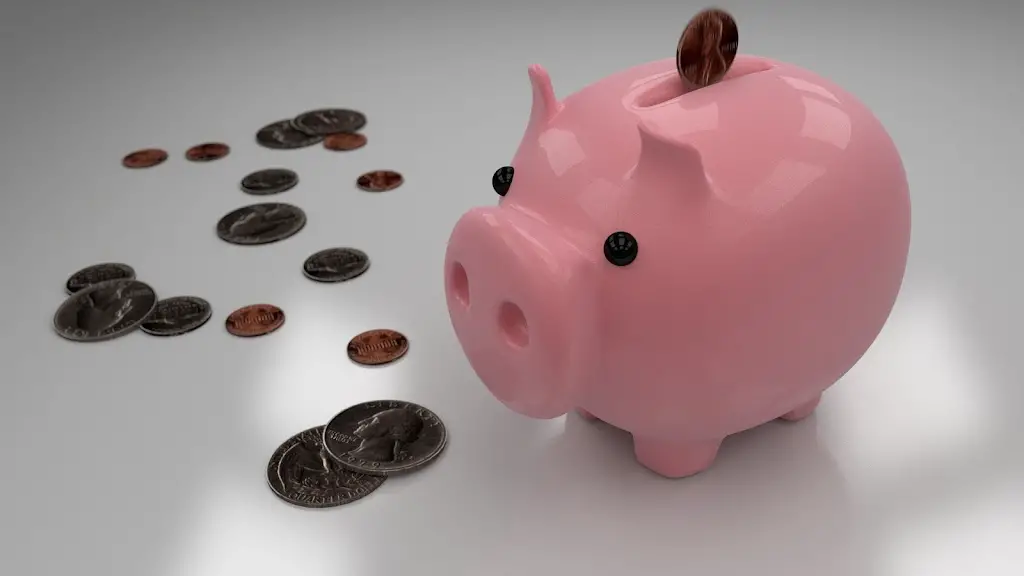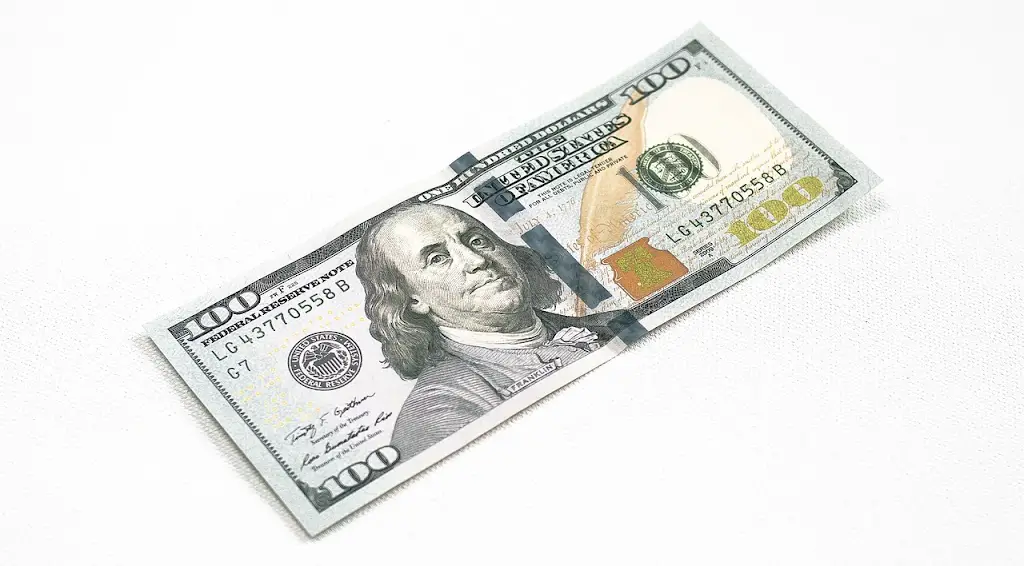How to calculate the value of the emergency reserve?
An emergency reserve is a fund that you must have to cover unforeseen financial events, such as job loss, illness, accident or any other situation that affects your income or expenses. An emergency reserve is a way to protect your assets and your peace of mind in the face of adverse scenarios.
But how to calculate the value of the emergency reserve? There is no single, definitive rule, but there are some criteria that can help you define how much you need to save to feel safe. Here are some steps to calculate the value of your emergency fund.
1. Calculate your fixed and variable monthly expenses
The first step is to know how much you spend per month on your essential and non-essential expenses. Essential expenses are those that you cannot stop paying, such as rent, condominium fees, water, electricity, gas, internet, telephone, food, transport, health, education and debts. Non-essential expenses are those that you can cut or reduce if necessary, such as leisure, travel, shopping, streaming services, gym memberships and others.
To calculate your monthly expenses, you can use a spreadsheet, an app or a notebook. The important thing is to record all your money inflows and outflows over a period of at least three months. This way, you will have an average of your cost of living and will be able to identify where you can save or optimize your budget.
2. Define your risk profile and profitability target
The second step is to define your risk profile as an investor and what profitability you expect to obtain with your emergency reserve. The risk profile is a way of measuring how willing you are to accept variations in the value of your investments. There are three main types of profile: conservative, moderate and bold.
The conservative profile is one that prioritizes the security and liquidity of investments, that is, the ease of redeeming money when needed. The moderate profile is one that seeks a balance between security and profitability, accepting a little more risk in exchange for a higher return. The bold profile is one that seeks the maximum possible profitability, even if this means taking on a high risk and having lower liquidity.
Profitability is how much your money yields over time on a given investment. Profitability can be fixed or variable. Fixed profitability is one where you know how much you will receive at the time of application, like savings or public bonds from Tesouro Direto. Variable profitability is one that depends on market fluctuations, such as shares or real estate funds.
To define your risk profile and your profitability goal, you can take an online test or consult an investment specialist. Ideally, you should choose an investment that suits your profile and has a higher return than inflation, so that your money does not lose purchasing power over time.
3. Estimate how long you would need to live on your reservation
The third step is to estimate how long you would need to live on your emergency fund if an unforeseen financial event were to occur. This time may vary according to your professional, family and personal situation. For example, if you have a stable job, with a formal contract and are entitled to unemployment insurance, you may need less time than if you are self-employed or a freelancer. If you have dependents or people who rely on you for financial help, you may need more time than if you live alone or share expenses with someone.
A simple way to estimate the time you would need to live on your reserve is to multiply your fixed monthly expenses by a number between 6 and 12. This number represents the months you could survive without income. For example, if your fixed monthly expenses are $3,000.00 and you choose the number 8, your reserve amount would be $24,000.00. This means that you could live for 8 months on this amount if you had no other source of income.
4. Adjust your reservation amount according to your investment
The fourth and final step is to adjust the value of your reserve according to the investment you chose to invest your money in. As we have seen, there are different types of investment, with different levels of risk, profitability and liquidity. Some investments may have fees, taxes or other expenses that reduce the net value you receive when you redeem your money. Therefore, it is important to consider these factors when calculating the value of your reservation.
For example, if you chose to invest in a public Treasury Direct bond that pays 5% per year, but has an administration fee of 0.3% per year and an income tax of 15% on earnings, you need to adjust the value of your reservation to ensure it is sufficient to cover your fixed monthly expenses for the estimated time. In this case, you can use the following formula:
Reservation value = (Fixed monthly expenses x Estimated time) / (1 + Net profitability)
Net profitability = Gross profitability – Administration fee – Income tax
Substituting the example values into the formula, we have:
Reservation Amount = ($3,000.00 x 8) / (1 + 0.05 – 0.003 – 0.015)
Net profitability = 0.05 – 0.003 – 0.015 = 0.032
Reservation Amount = $24,000.00 / 1.032
Reservation Amount = $23,255.81
In other words, in this case, you would need to have $23,255.81 in your emergency fund to be able to live for 8 months with your fixed monthly expenses of $3,000.00.
Conclusion
Calculating the value of the emergency reserve is an important task for anyone who wants to have a healthy and secure financial life. There is no magic formula that works for everyone, but there are some steps that can help you define how much you need to save to feel calm in the face of unforeseen financial events.
The first step is to calculate your fixed and variable monthly expenses. The second step is to define your risk profile and your profitability target. The third step is to estimate how long you would need to live on your reservation. The fourth and final step is to adjust the value of your reservation according to your investment.
Remember that your emergency fund should be money separate from your other financial goals, such as buying a car, traveling or retiring. The emergency reserve should only be used in truly emergency situations and should be replenished as soon as possible.
We hope this post was useful to you. If you liked this content, share it with your friends on social media and leave your comment below. To the next!




